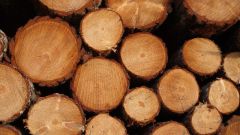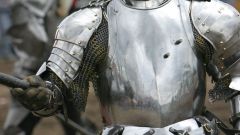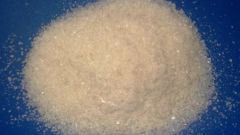You will need
- - aluminum powder;
- - linseed oil;
- - nitrocellulose lacquer;
- - measuring utensils;
- - a pot or a bucket for dilution of the paint.
- - wooden stick for stirring.
Instruction
1
Aluminum powder is sold in different packages, so you first need to estimate the number. Calculate how much you need of varnish or lacquer to cover a particular surface, and then calculate the amount of aluminum powder. The proportions of the ingredients depend largely on the desired consistency, however, the average ratio is about 1 Cup of aluminum powder per 1 kg of drying oil.
2
The powder may be any, but to breed a better one that is smaller. So PAP-2 in this sense preferable to PAP-1. Most often it is because of her and doing the silverfish in an industrial environment.
3
Brand linseed oil or varnish chosen depending on where it is the surface that you are going to paint. Usually on the label, which surface can be coated with linseed oil varieties. For painting exterior surfaces are preferable to synthetic drying oil, asphalt lacquer, or nitrocellulose lacquer, because they are more resistant to the vagaries of the weather. For interior surfaces you can use any drying oil. Keep in mind that the varnish dries much faster. For urgent work the most suitable nitrocellulose lacquer.
4
Pour linseed oil or varnish in the container in which you will dissolve the paint. Pour a small amount of aluminum powder and stir until smooth. Repeat the above procedure. Sprinkle the powder gradually, in small portions, otherwise it will be awkward to interrupt. In the end, you should get a homogeneous mass without the silver concentrations of the powder. It is therefore preferable to one that has a smaller fraction.
5
Before you cover the entire surface, try to determine how long to dry paint. Make a small amount of silverfish and cover it a piece of material that you are going to paint. Place to it, which would be the product. If the paint dries too long, consider whether to change its base.
Note
The silverfish on the nitrocellulose lacquer can be stored. However, the powder settles to the bottom, and before painting it must stir again.
Useful advice
Silver surface can also be obtained by the method of dusting. Cover the product with a liquid varnish. On top sprinkle it with the aluminum powder to fully cover the surface. The coating is more bright. The disadvantage of this method is that after drying the object for quite a long time dirty. Therefore, it is necessary several times to thoroughly clean to remove the excess powder.





